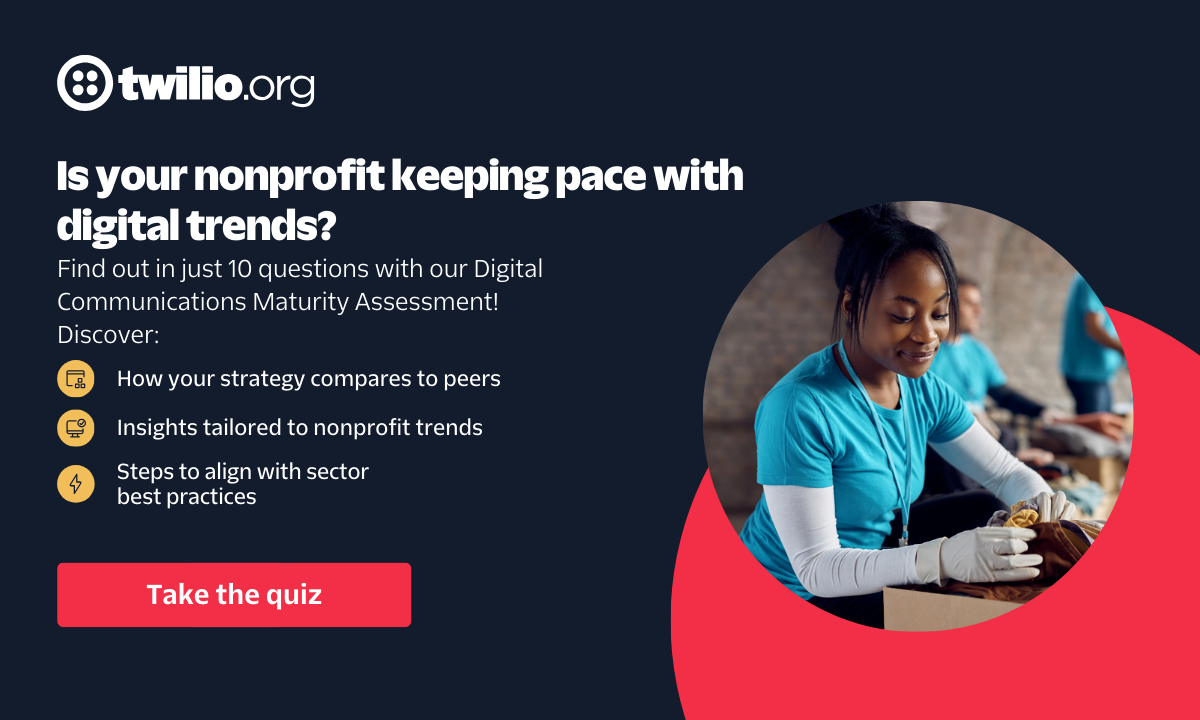Local Community Nonprofit

While big-name nonprofits often dominate our pocketbooks, the news, and our newsfeeds, thousands of local community nonprofits are quietly making changes that will impact the people they serve for years. Community nonprofits provide educational opportunities, enrichment programs, and other vital services directly to the communities they serve, but that also means they rely more heavily on people who live nearby. We compiled some statistics on small and local nonprofits that illustrate just how important it is to support local nonprofits:
- 61% of nonprofits have less than $100,000 in yearly revenue, according to the Nonprofit Finance Fund
- New nonprofits, which often pop up in response to an urgent need within a local community, are especially vulnerable to the vagaries of the economy: a study from the National Center on Charitable Statistics found that 12% of nonprofits exit within five years and 17% within 10 years
- According to a study by the New Economics Foundation in London, when people buy produce at a local farmer’s market instead of supermarket, twice as much money stays within their community
The principle of “buying local” applies to charitable donations as well; whenever you donate to a nonprofit that operates in your local community, you support not only that organization and all of the people it employs, but also all of the people in your community they do business with as part of their day-to-day operations. In addition, you also invest in the work they do in your own community; an educational outreach program for youth in your city, for example, provides tangible benefits to the students who participate in it, but it can also benefit your community’s economy for decades by creating a group of high-achieving, motivated future workers. Check out some of the inspiring community nonprofits making changes around the country:
Inspiring Under-Resourced Students to Thrive in the Classroom
Aim High in San Francisco
Aim High is a free summer academic enrichment program for middle school students in the Bay Area. It focuses on creating an empowering community for young people whose access to other enrichment opportunities is limited. By keeping the students engaged academically for the five weeks they take STEM, humanities, and electives courses, it prevents summer learning loss and provides them with high-achieving role models from their own communities. About 25% of Aim High’s faculty are graduates of the program, with one former student writing, “As a student I benefited from the tight-knit community and compassionate teachers at Aim High who cared about making a genuine connection with the students, investing in us and our dreams, passions, and untapped abilities. What I loved especially about the program was its philanthropic atmosphere, promoting a communal give-and-take where graduates of the program could come back as volunteers.” Aim High is a community nonprofit that focuses on serving young people from diverse backgrounds: 97% students of color, 80% from low-income households, 93% from public schools, and 80% from families where no relatives have graduated from college.
Forming a Creative Community for the Hearing-Impaired
No Limits for Deaf Children in Culver City, California
No Limits for Deaf Children is an after-school theater program in Los Angeles that provides year-round, high-quality specialty services to deaf children and their families. They offer individual auditory, speech, and language therapy; academic tutoring; literacy classes; a Leadership and Mentoring Academy for Teens; and workshops on parent education and family support, among other services. No Limits has produced more than 85 productions starring deaf and hearing-impaired children, reaching an audience of more than 150,000 people. One parent raved, “This program is marvelous, [my son] is starting to speak more with every day that passes. I also noticed that he is learning a lot in just a couple of days.” No Limits is a great example of a nonprofit that is carving out a community space for a people with similar experiences who may not otherwise have had an opportunity to connect.
Providing Education and Jobs Services to Get a Community Back on Its Feet
Umma-Urban Muslim Minority Alliance in Waukegan, Illinois
The Umma-Urban Muslim Minority Alliance addresses the needs of its community, an area of Illinois with one of the highest poverty rates in the state, by providing education, career development, and other outreach programs to underserved members of the community. They offer free GED, computer training, and financial literacy programs, as well as food and clothing to the more than 25,000 people who have benefited from their service since the Alliance opened in 2004. One of those clients recalled an experience in which “the company [where he] worked for the last 20 years moved out of state, so [he] found [himself] without a job, 43 years old, with no specialized training and no computer skills.” He wrote, “UMMA center has changed my life. . . . Thanks to the UMMA center I’m learning how to use a computer.”
These stories are perfect examples of how donating to local nonprofits is an investment not only in people, but also in your community. By giving time or money to a nonprofit that is making concrete changes to vulnerable populations in your town or city, you are helping improve its future safety, livability, and quality of life. Visit GreatNonprofits.org to see feedback and information on nonprofits that are operating near you, and consider sharing this page on your social networks to raise awareness of the importance of giving local!




















